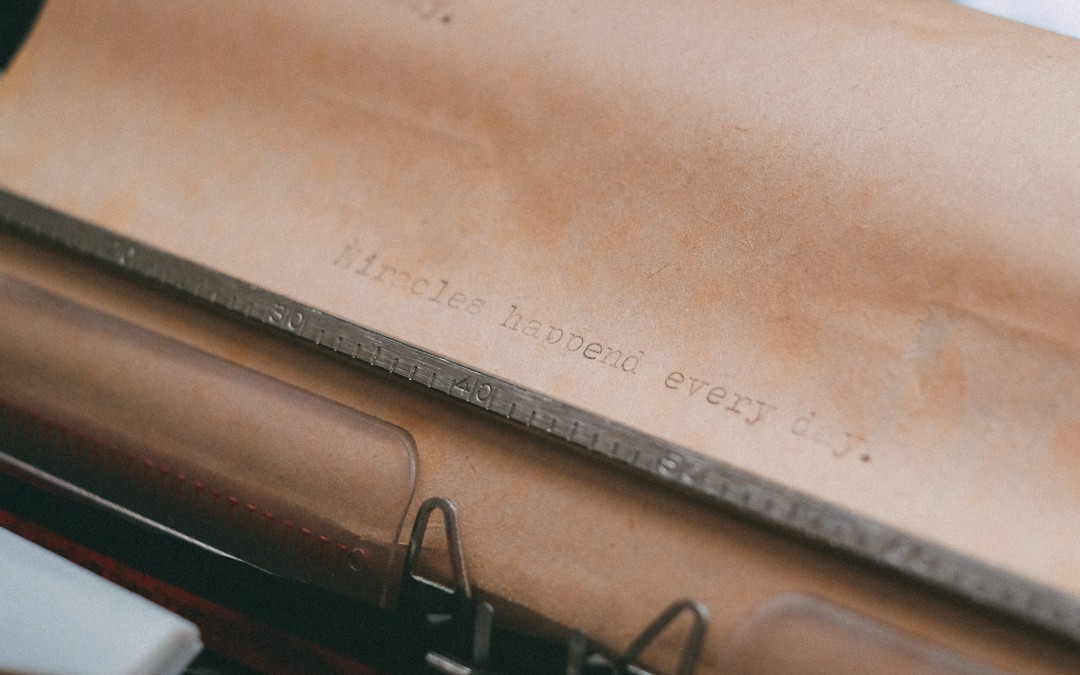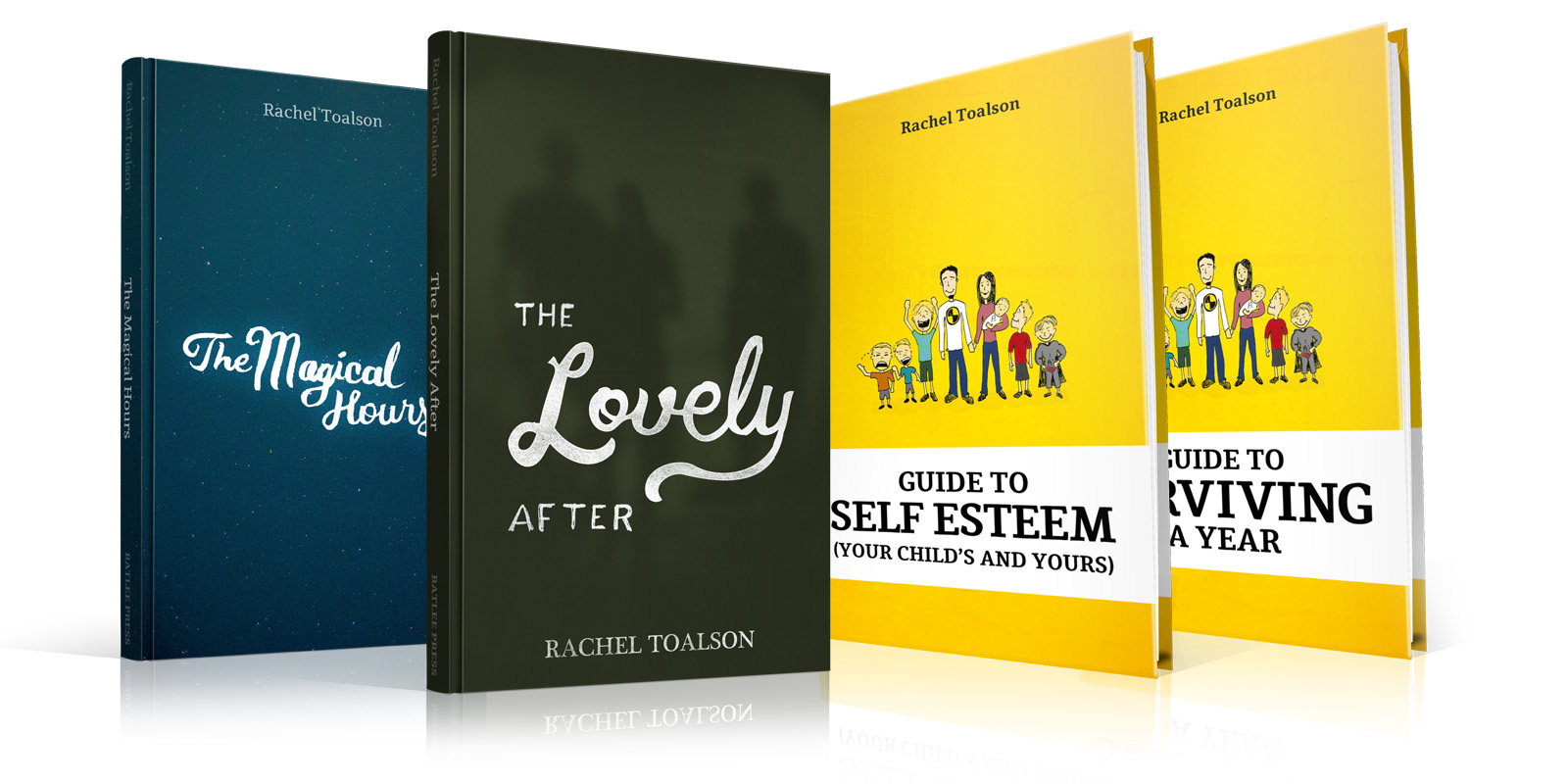In case you don’t already know, a query letter is a letter that is sent to agents or editors when we are trying to get our manuscript traditionally published. A query letter contains some of the elements that will also be used in a book blurb, which is a description of our book that we’ll use on places like Amazon or iBooks or Barnes and Noble, if we’re planning to self-publish. So some of this will be valuable even for the self published authors out there.
The query letters that I have written in my career always have four distinct parts. The first is the introduction, where I say something like The Midnight Hour is a literary thriller of 80,000 words, written in the style of Agatha Christie’s And Then There Were None and Iain Reid’s I’m Thinking Of Ending Things.
So it’s sort of an already-published-novel meets another already-published-novel. This gives agents and editors a feel for your book and whether or not they will like it. So make sure you pick smart, accurate comparisons, because if you say your book is written in the style of J.K. Rowling’s Harry Potter series and your book’s not even a fantasy, agents and editors will stop reading almost immediately.
The next part of an effective query letter is the body. This is where the book description, or blurb goes in.
Here’s what every blurb contains:
1. The names of the main characters.
2. Something interesting about those main characters and/or what they want.
3. The inciting incident—this is the thing that changes everything and creates the story.
4. The main conflict of the story.
5. Some complications along the way.
6. The stakes—what happens if the character fails in his goal.
7. And an open-ended wrap-up.
Here’s what a blurb looks like in practice. For this example, I’m using an adult mystery/thriller that needs a lot of cleaning up before it goes anywhere.
Step 1: List out the elements.
1. Main characters: Reid Fletcher and Emi Ono
2. Interesting tidbit/what characters want: Reid: unpredictable, charming, storied past. Emi: quiet, dependable. They form the team at Fletcher Agency.
3. Inciting incident: Reid goes missing
4. Main conflict: Local police believe it’s just another Reid Fletcher prank.
5. Complications: Threats start showing up at the office and Emi’s home.
6. The stakes: Reid could live or die.
7. Emi and Park have to find Reid before it’s too late.
Step 2: Put all the pieces together in a coherent way.
Reid Fletcher is an unpredictable, charming literary agent with a storied past. Emi Ono is his quiet, dependable editorial assistant who shows up because of an ad in the local paper. Together they form the team at Fletcher Agency.
But one month into their partnership, just after Reid kisses Emi in a dark hall, he disappears. When Emi calls the local police, they write it off as another Reid Fletcher Prank. They know him well. He’s done this before. He always come back. But Emi’s not so sure.
When threats start showing up at the office and, worse, inside her apartment, Emi enlists the help of her friend Park Chen to solve the mystery of Reid’s vanishing act, hopefully before it’s too late.
Not so complicated, right? Fill in the blanks, put it all together.
The next part of the query letter is the bio section. List things you’ve done or books you’ve written or accomplishments that you’ve had in your writing career. (Don’t fudge. See below for some quick tips.)
And the final section of the query letter is the closing, where you’ll thank the agent or editor profusely for taking the time to read your letter. Agents and editors get so many queries every day. It’s significant when they take the time to read yours all the way through.
Here are three things I recommend you remember about your pitch:
1. Keep it interesting.
Don’t tell us every single detail about you story. This can get tricky in something like a science fiction or fantasy story that involves world building. But only tell the barest details that matter.
2. Protect the mystery.
Make sure you leave the description open-ended. It needs mystery so we either have to request the book or buy it in order to read what happens.
3. Don’t beef it up with things that don’t actually happen.
This is often a temptation when you write literary fiction. I always feel it when I get ready to write a description for a literary book. Is it really all that interesting that Character A has been dealing with depression for fifteen years and that Character B is worried that his wife is going to leave him? Literary novels are much more inwardly focused and sometimes don’t even have much action going for them. But deny the temptation to add events that don’t really matter in the grand scheme of the story. Characters can speak for themselves.
Because I know that oftentimes we learn more from what not to do, I’m also going to include here three things we shouldn’t do in a query letter.
1. Make yourself sound more accomplished than you actually are.
I equate this with padding the resume. If you haven’t had any stories or poems or essay published anywhere outside your blog, don’t worry about it. Don’t try to make something up. Editors and agents are good at spotting fakes. Don’t make it be you.
2. Don’t be apologetic.
Sure, agents and editors are super busy and get tons of queries every year. But the fact is, you’ve written a good book. You deserve to have a tiny slice of their time, whether or not it works out for you. Don’t sell yourself short.
3. Don’t send a letter without doing research.
I talked a couple of weeks ago about how it’s important to know agents before you send queries to them. It’s not only a good use of their time, but it’s also a good use of your time. Sending multiple query letters takes a long time. You want to be as efficient as you can be, so do research. And if you don’t know where to do research, check out the blog linked above. It includes some valuable links.
The last thing I want to say about effective query letter is don’t be afraid to adjust and try again. If you find that your letter isn’t getting the responses that you really want, take a look at it with fresh eyes and see where you can adjust. Send it to a copyeditor to make sure you don’t have any mistakes that might be immediately turning away agents and editors. Give it to a trusted friend and ask them for their honest opinion on whether or not it works.
And, above all, don’t give up.
Week’s prompt
—Mary Renault


